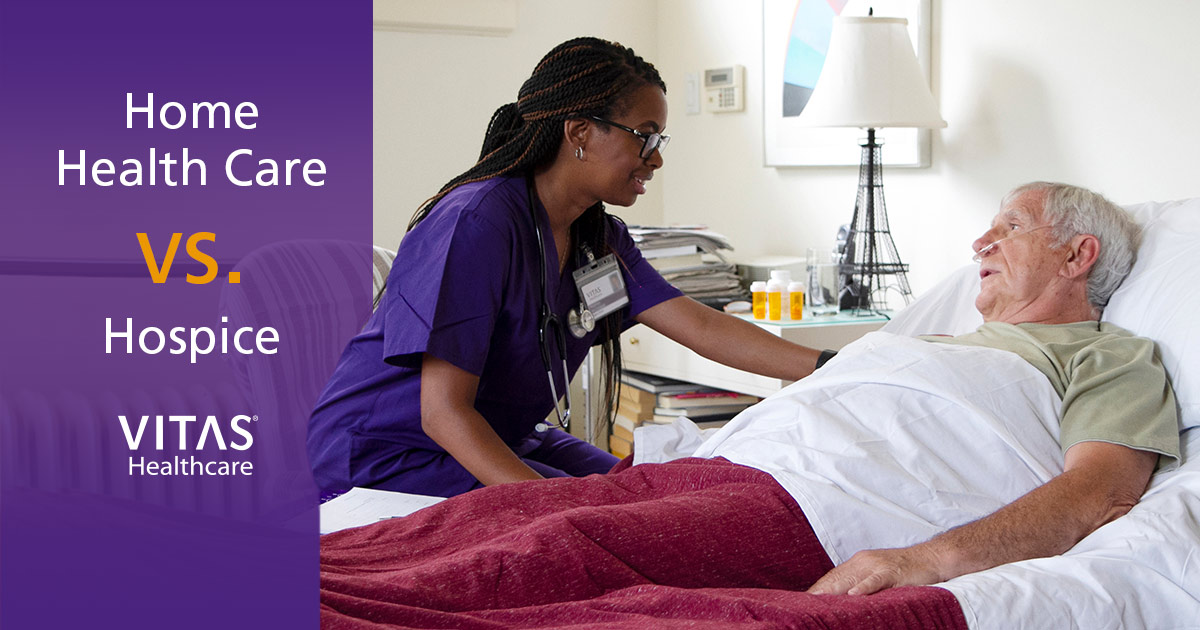Fascination About What Is A Health Care Spending Account
An estimated 155 million persons under the age 65 were covered under medical insurance prepares provided by their employers in 2016. The Congressional Spending Plan Office (CBO) estimated that the health insurance premium for single protection would be $6,400 and household coverage would be $15,500 in 2016. The yearly rate of increase in premiums has actually usually slowed after 2000, as part of the trend of lower annual health care expense increases.
This aid encourages people to purchase more substantial protection (which places upward pressure typically premiums), while likewise motivating more young, healthy individuals to enlist (which positions downward pressure on premium prices). CBO estimates the net result is to increase premiums 10-15% over an un-subsidized level. The Kaiser Family Foundation approximated that family insurance premiums balanced $18,142 in 2016, up 3% from 2015, with workers paying $5,277 towards that expense and employers covering the remainder.
The President's Council of Economic Advisors (CEA) described how yearly expense boosts have fallen in the company market given that 2000. Premiums for household coverage grew 5.6% from 2000-2010, however 3.1% from 2010-2016. The total premium plus estimated out-of-pocket costs (i.e., deductibles and co-payments) increased 5.1% from 2000-2010 however 2.4% from 2010-2016.
The law is designed to pay subsidies in the kind of superior tax credits to the people or households purchasing the insurance, based upon earnings levels. Higher income consumers receive lower subsidies. While pre-subsidy costs rose considerably from 2016 to 2017, so did the subsidies, to reduce the after-subsidy expense to the consumer. a health care professional is caring for a patient who is taking zolpidem.
Nevertheless, some or all of these expenses are balanced out by subsidies, paid as tax credits. For example, the Kaiser Foundation reported that for the second-lowest cost "Silver strategy" (a plan typically chosen and used as the benchmark for identifying financial support), a 40-year old non-smoker making $30,000 annually would pay effectively the very same quantity in 2017 as they performed in 2016 (about $208/month) after the subsidy/tax credit, regardless of big increases in the pre-subsidy rate.
Getting My Which Type Of Health Care Facility Employs The Most People In The U.s.? To Work
In other words, the subsidies increased together with the pre-subsidy cost, fully offsetting the rate increases. This exceptional tax credit aid is separate from the expense sharing decreases subsidy stopped in 2017 by President Donald Trump, an action which raised premiums in the ACA markets by an approximated 20 percentage points above what otherwise would have happened, for the 2018 strategy year.
In addition, lots of employees are picking to integrate a health savings account with greater deductible plans, making the effect of the ACA challenging to identify exactly. For those who get their insurance through their employer (" group market"), a 2016 study found that: Deductibles grew by 63% from 2011 to 2016, while premiums increased 19% and employee incomes grew by 11%.
For firms with less than 200 staff members, the deductible averaged $2,069. The portion of workers with a deductible of a minimum of $1,000 grew from 10% in 2006 to 51% in 2016. The 2016 figure drops to 38% after taking company contributions into account. For the "non-group" market, of which two-thirds are covered by the ACA exchanges, a study of 2015 information discovered that: 49% had individual deductibles of at least $1,500 ($ 3,000 for family), up from 36% in 2014.
While about 75% of enrollees were "very satisfied" or "somewhat pleased" with their choice of physicians and health centers, only 50% had such satisfaction with their yearly deductible. While 52% of those covered by the ACA exchanges felt "well protected" by their insurance coverage, in the group market 63% felt that way.
prescription drug spending in 2015 was $1,162 per person usually, versus $807 for Canada, $766 for Germany, $668 for France, http://brooksmapi642.yousher.com/10-easy-facts-about-what-is-a-deductible-in-health-care-explained and $497 for the UK. The factors for greater U.S. health care expenses relative to other nations and over time are disputed by professionals. Bar chart comparing healthcare expenses as percentage of GDP throughout OECD nations Chart showing life span at birth and health care spending per capita for OECD countries since 2013.
How Does The Nurse Manager Or Leader Play A Role In The Reengineering Of Health Care? Things To Know Before You Get This
is an outlier, with much higher costs but below par life span. U.S. healthcare expenses in 2015 were 16.9% GDP according to the OECD, over 5% GDP higher than the next most pricey OECD nation. With U.S. GDP of $19 trillion, healthcare expenses were about $3.2 trillion, or about $10,000 per person in a country of 320 million people.
To put it simply, the U.S. would have to cut healthcare costs by approximately one-third ($ 1 trillion or $3,000 per individual on average) to be competitive with the next most expensive country. Health care spending in the U.S. was dispersed as follows in 2014: Medical facility care 32%; physician and medical services 20%; prescription drugs 10%; and all other, including many classifications separately comprising less than 5% of costs.
Crucial distinctions include: Administrative costs. About 25% of U.S. health care expenses connect to administrative costs (e.g., billing and payment, instead of direct provision of services, products and medicine) versus 10-15% in other countries. For instance, Duke University Healthcare facility had 900 hospital beds however 1,300 billing clerks. Assuming $3.2 trillion is invested in healthcare annually, a 10% savings would be $320 billion per year and a 15% savings would be almost $500 billion annually.
A 2009 study from Price Waterhouse Coopers estimated $210 billion in savings from unnecessary billing and administrative expenses, a figure that would be considerably greater in 2015 dollars. Cost variation throughout hospital areas. Harvard economic expert David Cutler reported in 2013 that approximately 33% of health care spending, or about $1 trillion per year, is not connected with enhanced outcomes.
In 2012, typical Medicare reimbursements per enrollee varied from a changed (for health status, earnings, and ethnic culture) $6,724 in the most affordable spending area to $13,596 in the highest. The U.S. spends more than other nations for the exact same things. Drugs are more expensive, doctors are paid more, and suppliers charge more for medical devices than other nations.
Which Of The Following Is Not A Result Of The Commodification Of Health Care for Beginners

spending on physicians per individual is about five times higher than peer countries, $1,600 versus $310, as much as 37% of the space with other nations. This was driven by a greater use of expert doctors, who charge 3-6 times more in the U.S. than in peer countries. Higher level of per-capita earnings, which is correlated with higher health care spending in the U.S.
Hixon reported a research study by Princeton Professor Uwe Reinhardt that concluded about $1,200 per individual (in 2008 dollars) or about a third of the space with peer countries in healthcare spending was because of higher levels of per-capita income. Higher income per-capita is correlated with utilizing more units of healthcare.
The U.S. consumes 3 times as many mammograms, 2.5 x the number of MRI scans, and 31% more C-sections per-capita than peer countries. This is a mix of greater per-capita income and higher usage of professionals, among other elements. The U.S. federal government intervenes less actively to require down costs in the United States than in other nations.

